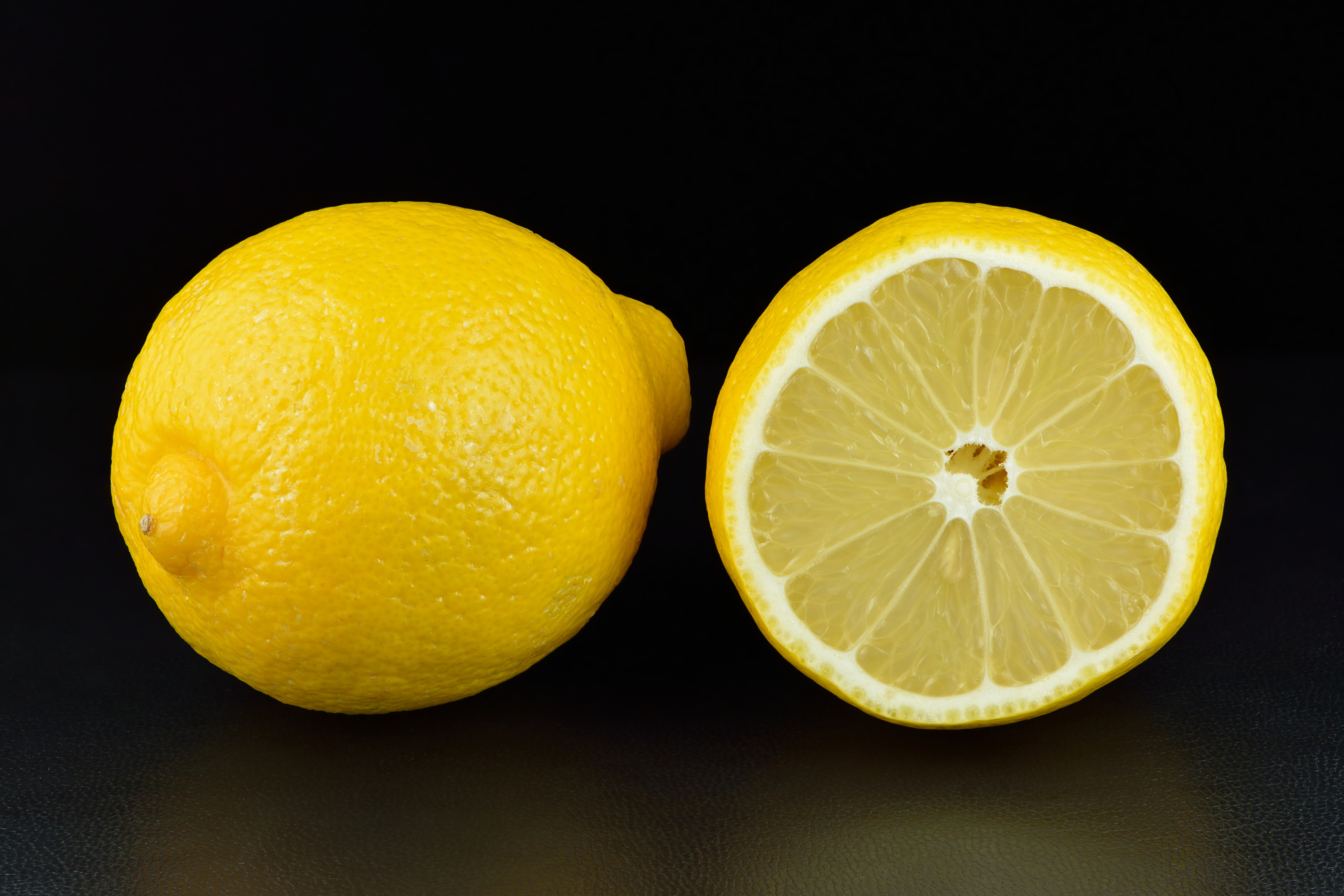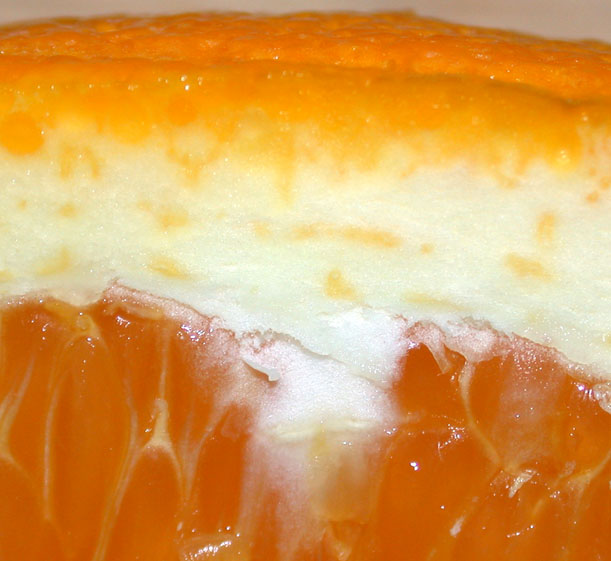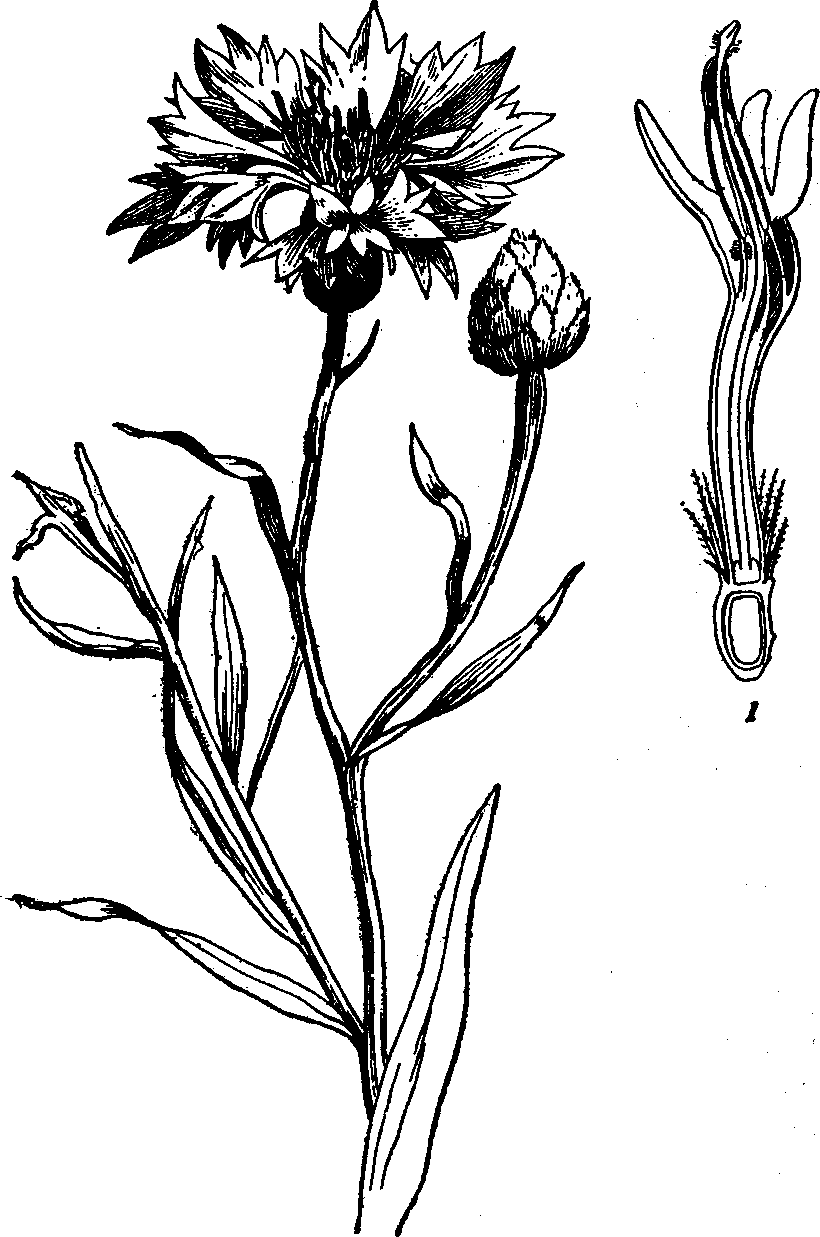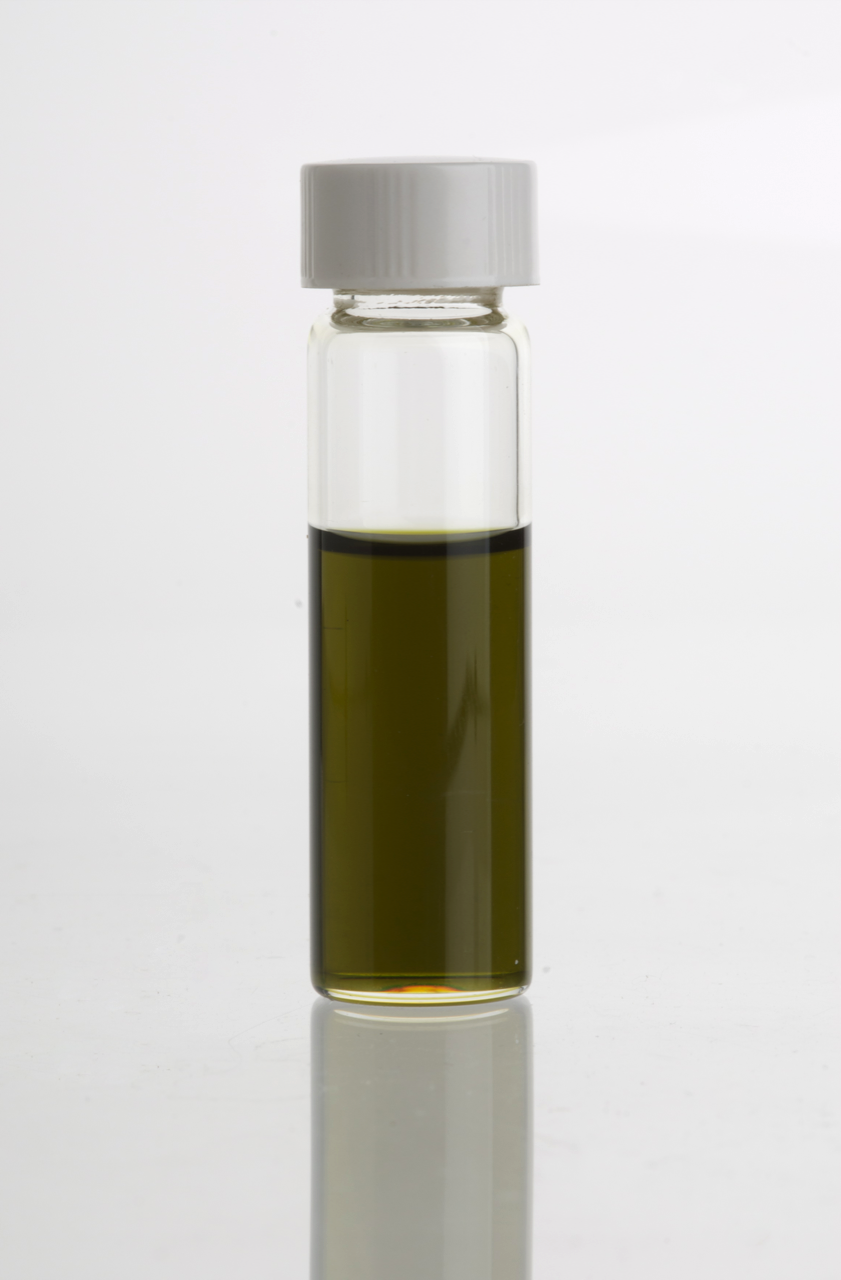|
Lady Grey (tea)
Lady Grey tea is a trademarked variation on Earl Grey tea. Like Earl Grey, it is a black tea flavoured with bergamot essential oil. Idea and composition Lady Grey tea is a variety of tea which was created by Twinings in the early 1990s and named after Mary Elizabeth Grey, the wife of Charles Grey, 2nd Earl Grey to appeal to Northern European markets, which apparently found Earl Grey tea too strong in flavour. The name is trademarked to Twinings. Lady Grey differs from Earl Grey in that it contains additional lemon peel Peel or Peeling may refer to: Places Australia * Peel (Western Australia) * Peel Island, Queensland *Peel, New South Wales * Peel River (New South Wales) Canada * Peel Parish, New Brunswick * Peel, New Brunswick, an unincorporated communi ... and orange peel. It first went on sale in Norway in 1994 and in Britain in 1996. Variations Some varieties also contain cornflower petals. Other brands Given that Lady Grey is a trademark of Twinings, ot ... [...More Info...] [...Related Items...] OR: [Wikipedia] [Google] [Baidu] |
Beverage
A drink or beverage is a liquid intended for human consumption. In addition to their basic function of satisfying thirst, drinks play important roles in human culture. Common types of drinks include plain drinking water, milk, juice, smoothies and soft drinks. Traditionally warm beverages include coffee, tea, and hot chocolate. Caffeinated drinks that contain the stimulant caffeine have a long history. In addition, alcoholic drinks such as wine, beer, and liquor, which contain the drug ethanol, have been part of human culture for more than 8,000 years. Non-alcoholic drinks often signify drinks that would normally contain alcohol, such as beer, wine and cocktails, but are made with a sufficiently low concentration of alcohol by volume. The category includes drinks that have undergone an alcohol removal process such as non-alcoholic beers and de-alcoholized wines. Biology When the human body becomes dehydrated, a person experiences thirst. This craving of fluids r ... [...More Info...] [...Related Items...] OR: [Wikipedia] [Google] [Baidu] |
Black Tea
Black tea, also translated to red tea in various East Asian languages, is a type of tea that is more oxidized than oolong, yellow, white and green teas. Black tea is generally stronger in flavour than other teas. All five types are made from leaves of the shrub (or small tree) ''Camellia sinensis,'' though '' Camellia taliensis'' is also used rarely. Two principal varieties of the species are used – the small-leaved Chinese variety plant (''C. sinensis'' var. ''sinensis''), used for most other types of teas, and the large-leaved Assamese plant (''C. sinensis'' var. ''assamica''), which was traditionally mainly used for black tea, although in recent years some green and white teas have been produced. First originating in China, the beverage's name there is ''hong cha'' (, "red tea") due to the color of the oxidized leaves when processed appropriately. Today, the drink is widespread throughout East and Southeast Asia, both in consumption and harvesting, including in China ... [...More Info...] [...Related Items...] OR: [Wikipedia] [Google] [Baidu] |
Bergamot Orange
''Citrus bergamia'', the bergamot orange (pronounced ), is a fragrant citrus fruit the size of an orange, with a yellow or green color similar to a lime, depending on ripeness. Genetic research into the ancestral origins of extant citrus cultivars found bergamot orange to be a probable hybrid of lemon and bitter orange. Extracts have been used as an aromatic ingredient in food, tea, snus, perfumes, and cosmetics. Use on the skin can increase photosensitivity, resulting in greater damage from sun exposure. Etymology The word bergamot is derived from the Italian word , derived either from the Italian town of Bergamo or Ottoman Turkish ("prince's pear"). Description ''Citrus bergamia'' is a small tree that blossoms during the winter. The juice tastes less sour than lemon, but more bitter than grapefruit. Phytochemicals Bergamot fruit or oil contains flavonoids, such as neoeriocitrin, naringin, neohesperidin, ponceritin, melitidin, mitrocin, miriflin, brutieridin, and ... [...More Info...] [...Related Items...] OR: [Wikipedia] [Google] [Baidu] |
Lemon
The lemon (''Citrus limon'') is a species of small evergreen trees in the flowering plant family Rutaceae, native to Asia, primarily Northeast India (Assam), Northern Myanmar or China. The tree's ellipsoidal yellow fruit is used for culinary and non-culinary purposes throughout the world, primarily for its juice, which has both culinary and cleaning uses. The pulp and rind are also used in cooking and baking. The juice of the lemon is about 5% to 6% citric acid, with a pH of around 2.2, giving it a sour taste. The distinctive sour taste of lemon juice makes it a key ingredient in drinks and foods such as lemonade and lemon meringue pie. History The origin of the lemon is unknown, though lemons are thought to have first grown in Assam (a region in northeast India), northern Myanmar or China. A genomic study of the lemon indicated it was a hybrid between bitter orange (sour orange) and citron. Lemons are supposed to have entered Europe near southern Italy no later t ... [...More Info...] [...Related Items...] OR: [Wikipedia] [Google] [Baidu] |
Peel (fruit)
Peel, also known as rind or skin, is the outer protective layer of a fruit or vegetable which can be peeled off. The rind is usually the botanical exocarp, but the term exocarp also includes the hard cases of nuts, which are not named peels since they are not peeled off by hand or peeler, but rather shells because of their hardness. A fruit with a thick peel, such as a citrus fruit, is called a hesperidium. In hesperidia, the inner layer (also called '' albedo'' or, among non-botanists, ''pith'') is peeled off together with the outer layer (called flavedo), and together they are called the peel. The flavedo and albedo, respectively, are the exocarp and the mesocarp. The juicy layer inside the peel (containing the seeds) is the endocarp. Uses Depending on the thickness and taste, fruit peel is sometimes eaten as part of the fruit, such as with apples. In some cases the peel is unpleasant or inedible, in which case it is removed and discarded, such as with bananas or ... [...More Info...] [...Related Items...] OR: [Wikipedia] [Google] [Baidu] |
Orange (fruit)
An orange is a fruit of various citrus species in the family Rutaceae (see list of plants known as orange); it primarily refers to ''Citrus'' × ''sinensis'', which is also called sweet orange, to distinguish it from the related ''Citrus × aurantium'', referred to as bitter orange. The sweet orange reproduces asexually (apomixis through nucellar embryony); varieties of sweet orange arise through mutations. The orange is a hybrid between pomelo (''Citrus maxima'') and mandarin (''Citrus reticulata''). The chloroplast genome, and therefore the maternal line, is that of pomelo. The sweet orange has had its full genome sequenced. The orange originated in a region encompassing Southern China, Northeast India, and Myanmar, and the earliest mention of the sweet orange was in Chinese literature in 314 BC. , orange trees were found to be the most cultivated fruit tree in the world. Orange trees are widely grown in tropical and subtropical climates for their sweet fruit. The ... [...More Info...] [...Related Items...] OR: [Wikipedia] [Google] [Baidu] |
Cornflower
''Centaurea cyanus'', commonly known as cornflower or bachelor's button, is an annual flowering plant in the family Asteraceae native to Europe. In the past, it often grew as a weed in cornfields (in the broad sense of "corn", referring to grains, such as wheat, barley, rye, or oats), hence its name. It is now endangered in its native habitat by agricultural intensification, particularly by over-use of herbicides. However, ''Centaurea cyanus'' is now also naturalised in many other parts of the world, including North America and parts of Australia through introduction as an ornamental plant in gardens and as a seed contaminant in crop seeds. Description ''Centaurea cyanus'' is an annual plant growing to 40–90 cm tall, with grey-green branched stems. The leaves are lanceolate and 1–4 cm long. The flowers are most commonly an intense blue colour and arranged in flowerheads (capitula) of 1.5–3 cm diameter, with a ring of a few large, spreading ray florets su ... [...More Info...] [...Related Items...] OR: [Wikipedia] [Google] [Baidu] |
Earl Grey Tea
Earl Grey tea is a tea blend which has been flavoured with oil of bergamot. The rind's fragrant oil is added to black tea to give Earl Grey its unique taste. Traditionally, Earl Grey was made from black teas such as Chinese keemun, and therefore intended to be served without milk. However, tea companies have since begun to offer Earl Grey made from stronger teas such as Ceylons, which are better suited to the addition of milk or cream. Some blend the tea with lapsang souchong tea which lends a smoky character. Other varieties have been introduced as well, such as green or oolong. History The earliest reference to tea flavoured with bergamot dates to 1824; however the article in question makes no mention of Earl Grey. The use of bergamot seems to have been used to enhance the taste of low-quality teas. This practice seems to have been disreputable, as in 1837 charges were laid against a company accused of adding bergamot to misrepresent their tea as a superior product (at a hi ... [...More Info...] [...Related Items...] OR: [Wikipedia] [Google] [Baidu] |
Black Tea
Black tea, also translated to red tea in various East Asian languages, is a type of tea that is more oxidized than oolong, yellow, white and green teas. Black tea is generally stronger in flavour than other teas. All five types are made from leaves of the shrub (or small tree) ''Camellia sinensis,'' though '' Camellia taliensis'' is also used rarely. Two principal varieties of the species are used – the small-leaved Chinese variety plant (''C. sinensis'' var. ''sinensis''), used for most other types of teas, and the large-leaved Assamese plant (''C. sinensis'' var. ''assamica''), which was traditionally mainly used for black tea, although in recent years some green and white teas have been produced. First originating in China, the beverage's name there is ''hong cha'' (, "red tea") due to the color of the oxidized leaves when processed appropriately. Today, the drink is widespread throughout East and Southeast Asia, both in consumption and harvesting, including in China ... [...More Info...] [...Related Items...] OR: [Wikipedia] [Google] [Baidu] |
Bergamot Essential Oil
Bergamot essential oil is a cold-pressed essential oil produced by cells inside the rind of a bergamot orange fruit. It is a common flavoring and top note in perfumes. The scent of bergamot essential oil is similar to a sweet light orange peel oil with a floral note. Production The '' sfumatura'' or slow-folding process was the traditional technique for manually extracting the bergamot oil. By more modern methods, the oil is extracted mechanically with machines called peelers, which scrape the outside of the fruit under running water to get an emulsion channeled into centrifuges for separating the essence from the water. The rinds of 100 bergamot oranges yield about of bergamot oil. Uses Bergamot essential oil has been used in cosmetics, aromatherapy, and as a flavoring in food and beverages. Its citrus scent makes it a natural flavoring and deodorizing agent. The volatile oils of the bergamot orange are described as flavoring agents in the USP Food Chemicals Codex a ... [...More Info...] [...Related Items...] OR: [Wikipedia] [Google] [Baidu] |
Twinings
Twinings () is a British marketer of tea and other beverages, including coffee, hot chocolate and malt drinks, based in Andover, Hampshire. The brand is owned by Associated British Foods. It holds the world's oldest continually used company logo, and is London's longest-standing ratepayer, having occupied the same premises on the Strand since 1706. Twinings tea varieties include black tea, green tea and herbal teas, along with fruit-based cold infusions. History Twinings was founded by Thomas Twining, of Painswick, Gloucestershire, England, who opened Britain's first known tea room, at No. 216 Strand, London, in 1706; it still operates today. The firm's logo, created in 1787, is the world's oldest in continuous use. Holder of a royal warrant, Twinings was acquired by Associated British Foods in 1964. The company is associated with Earl Grey tea, a tea infused with bergamot, though it is unclear when this association began, and how important the company's involveme ... [...More Info...] [...Related Items...] OR: [Wikipedia] [Google] [Baidu] |
Mary Grey, Countess Grey
Mary Elizabeth Grey, Countess Grey (née Ponsonby; 4 March 1776 – 26 November 1861) was a British aristocrat and political hostess. She is notable for being the wife of the prime minister in the 1830s through her marriage to Charles Grey, 2nd Earl Grey. Biography Mary Elizabeth Ponsonby was born on 4 March 1776 in Whitehaven. She was the only daughter of William Ponsonby (1744–1806), the future 1st Baron Ponsonby and his wife, the Honourable Louisa Molesworth (1749–1824), daughter of Richard Molesworth, 3rd Viscount Molesworth. Personal life She married on 18 November 1794 Charles Grey MP (1764–1845), the future 2nd Earl Grey and Prime Minister of the United Kingdom of Great Britain and Ireland. He was the son of Charles Grey (1729–1807), later 1st Baron Grey and 1st Earl Grey, and his wife Elizabeth Grey ''née'' Grey (1743–1822). They had ten sons and six daughters: *a stillborn daughter (1796) *Lady Louisa Elizabeth Grey (7 April 1797 – 26 November 18 ... [...More Info...] [...Related Items...] OR: [Wikipedia] [Google] [Baidu] |









